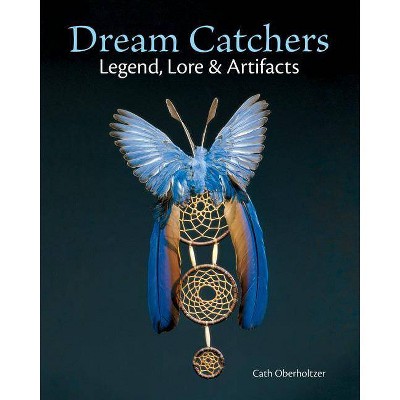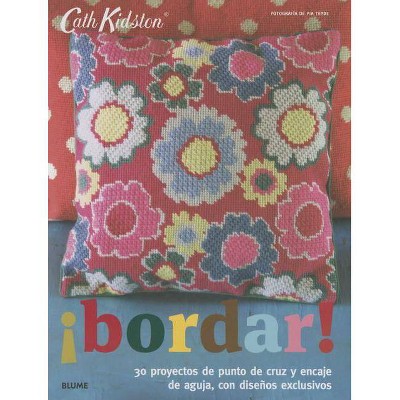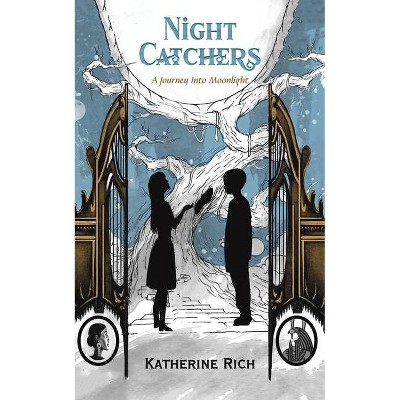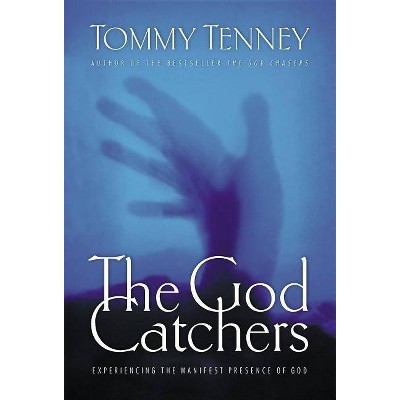Dream Catchers - by Cath Oberholtzer (Paperback)

Similar Products
Products of same category from the store
AllProduct info
<p/><br></br><p><b> About the Book </b></p></br></br>"More than 40 color photographs feature contemporary dream catchers and artifacts with informative captions that identify and comment on the different patterns, their significance and history. Dream Catchers features the work of Native artist Nick Huard who creates dream catchers in his studio in Kahnawake outside of Montreal."--<p/><br></br><p><b> Book Synopsis </b></p></br></br><p> <i>"The more elaborate specimens are full-fledged works of art." </i> -- Globe and Mail Christmas List 2012 </p><p> <i>"A stunning presentation." </i> -- Winnipeg free Press </p><p> Now in paperback with a new design. </p><p> Considered the definitive book on dream catchers, this book is for all readers that want to learn about these important symbols in Native American tradition. It features close-up photographs of dream catchers; covers their history, legends, lore and cultural symbolism; and presents a stunning collection of dream catchers that are at once craft and high art. The text is suitable for a popular audience while also thorough, rigorous and valuable in research. This edition has been redesigned with a new jacket. </p><p> The exact genesis of dream catchers is unknown and origin stories vary as do beliefs about how they work. One legend has it that a medicine woman made a circle from a willow branch and used sinew to weave a spider-web pattern across the hoop. The circular talisman was hung over the bed of a sick child where it would "catch" bad dreams and protect the child, or it would catch good dreams to bless the child. However it worked, the child would recover by morning. Purchasers of dream catchers might find such a story attached to it. </p><p> Dream catchers made by artists and artisans vary in their design and decoration, and range from craft to high art. Making dream catchers is a popular project for craft groups; conversely, dream catchers are exhibited at museum and galleries where they can fetch a high price. </p><p> Each element of a dream catcher carries a meaning and function, and these are discussed in the book. </p><p> <li> Part 1: Legend and Distribution -- Origins; Algonquian Cultures; Dreaming </li> </p><p> <li> Part 2: Net Charms -- Power in Lines and Knots; Non-Algonquian Cultures; Dream Catchers Today </li> </p><p> <li> Part 3: Scale -- Fascination with "Indians"; Marketing; Artists and Manufacturing; The Future. </li> </p><p> More than 40 color photographs feature contemporary dream catchers and artifacts with captions that identify and comment on the different patterns and their significance. The book features original works by Nick Huard, who creates dream catchers in his studio in Kahnawake near Montreal. </p><p/><br></br><p><b> Review Quotes </b></p></br></br><br>(starred review) In this beautifully illustrated book, anthropologist Oberholtzer examines the history of dream catchers and their place in First Nations and non-indigenous cultures. The dream catcher, which consists of one or more circular hoops tied with intricate web-like netting and adorned with decorative beads and feathers, is said to "trap" bad dreams in its web and let good dreams pass into the sleeper's mind. It's one of the most recognizable First Nations artifacts. Oberholtzer attributes dream catchers' popularity among non-indigenous people to the ease with which they allow an individual to own a tangible piece of First Nations culture. Aside from noting the commercial value of dream catchers as handmade, portable, affordable souvenirs, Oberholtzer also writes that dream catchers "cross cultural boundaries and serve to communicate a shared consciousness that unites persons of different backgrounds." The first part of the book focuses on the history of dream catchers, particularly their origins in Ojibwa netted charms. The second explains the significance of the catchers' webbing and how the nets differ within different First Nations' contexts. The third section examines how dream catchers have contributed to the long-standing European and Euro-American fascination with all things "Indian." Rich with full-color pictures and fascinating history, this book should appeal to anyone interested in the cultures of First Nations peoples.--Publishers Weekly (02/01/2017)<br><br>[Review of hardcover edition: ] Crafted traditionally of a bone-and-feather-festooned wood circle that's netted with marrow, the more elaborate specimens are full-fledged works of art.--Globe and Mail, Christmas 2012 Gift Book List (12/08/2012)<br><br>[Review of hardcover edition: ] This book...explores the appropriation of dream catchers by Native Americans of different nations, as well as the New Age movement.-- (09/01/2012)<br><br>[Review of hardcover edition: ] A stunning presentation.--Ron Kirbyson"Winnipeg Free Press" (12/01/2012)<br><p/><br></br><p><b> About the Author </b></p></br></br><p> Cath Oberholtzer was an anthropologist who taught at Trent University in Peterborough, Ontario, Canada, and published many academic articles about dream catchers, their origin and meaning. </p>
Price History
Price Archive shows prices from various stores, lets you see history and find the cheapest. There is no actual sale on the website. For all support, inquiry and suggestion messages communication@pricearchive.us




















